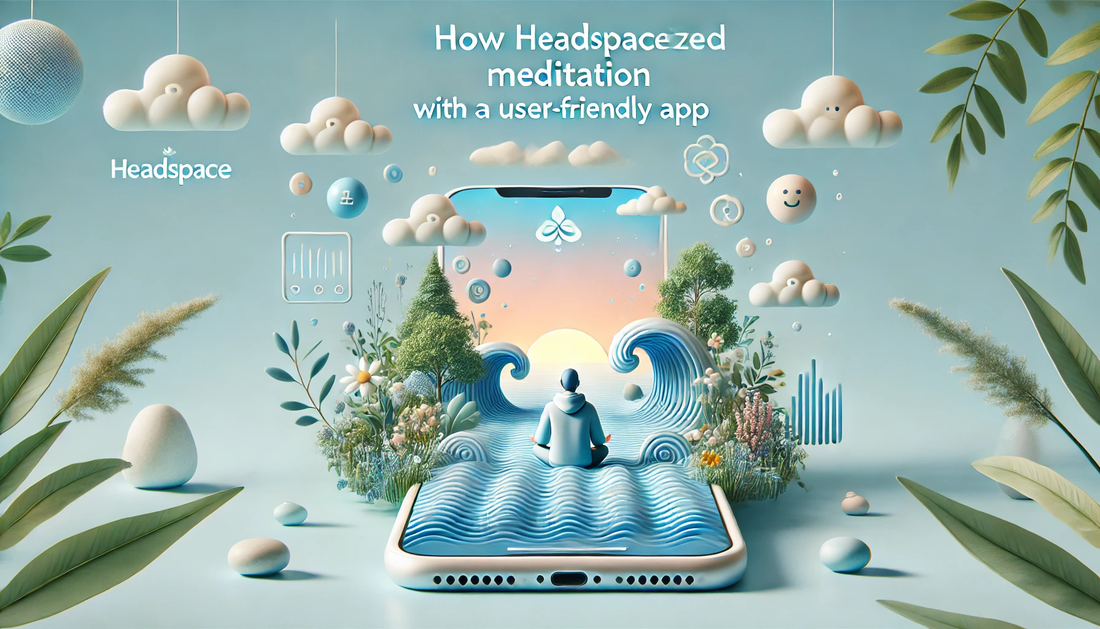In the bustling world of startups, standing out is a challenge. Yet, Headspace managed to carve a niche in the wellness industry. Their secret? A user-friendly app that made meditation accessible to millions. Let's explore how they did it.
Understanding the Market
Headspace began by identifying a growing interest in mental wellness. They recognized that meditation was often seen as complex. By simplifying the process, they tapped into a vast, underserved market.
Actionable takeaway: Conduct thorough market research. Identify gaps and pain points. Tailor your product to address these needs effectively.
Creating a Simple, Engaging Product
Headspace's app design is intuitive. It guides users through meditation with ease. The interface is clean, with minimal distractions. This simplicity encourages regular use.
Actionable takeaway: Prioritize user experience. Design your product to be intuitive and engaging. Test with real users to refine the experience.
Building a Strong Brand Identity
Headspace's branding is consistent and calming. Their logo, color scheme, and tone all reflect tranquility. This cohesive identity strengthens user trust and loyalty.
Actionable takeaway: Develop a strong brand identity. Ensure consistency across all platforms. Your brand should resonate with your target audience.
Leveraging Content Marketing
Headspace invested in high-quality content. Their blog, videos, and podcasts educate users about meditation. This content positions them as experts in the field.
Actionable takeaway: Create valuable content that educates and engages. Use it to establish authority and build a community around your brand.
Utilizing Freemium Model
Headspace offers a freemium model. Users can access basic features for free. Premium content is available through subscription. This model attracts users and encourages upgrades.
Actionable takeaway: Consider a freemium model. It lowers the barrier to entry and can lead to higher conversion rates.
Focusing on User Feedback
Headspace actively seeks user feedback. They use it to improve their app continuously. This approach ensures the product evolves with user needs.
Actionable takeaway: Listen to your users. Use feedback to drive product development. This will help you stay relevant and competitive.
Collaborating with Experts
Headspace collaborates with meditation experts. This partnership enhances their credibility. It also ensures the content is accurate and effective.
Actionable takeaway: Partner with industry experts. Their insights can enhance your product and boost credibility.
Expanding Through Strategic Partnerships
Headspace has partnered with companies like Nike and Spotify. These collaborations expand their reach and introduce meditation to new audiences.
Actionable takeaway: Seek strategic partnerships. Collaborations can open new markets and increase brand visibility.
Investing in Technology
Headspace uses technology to enhance user experience. Features like personalized recommendations and progress tracking keep users engaged.
Actionable takeaway: Leverage technology to improve your product. Use data analytics to personalize user experiences and increase engagement.
Scaling with a Global Mindset
Headspace designed their app for a global audience. They offer content in multiple languages, catering to diverse users worldwide.
Actionable takeaway: Think globally from the start. Design your product to be adaptable to different cultures and languages.
Conclusion
Headspace's success is a testament to the power of simplicity, strategic partnerships, and user-centric design. By focusing on these elements, startups can replicate their success. Remember, the key is to understand your audience and deliver value consistently.
As you embark on your startup journey, let Headspace inspire you. With the right strategies, you too can create a product that resonates with millions.










